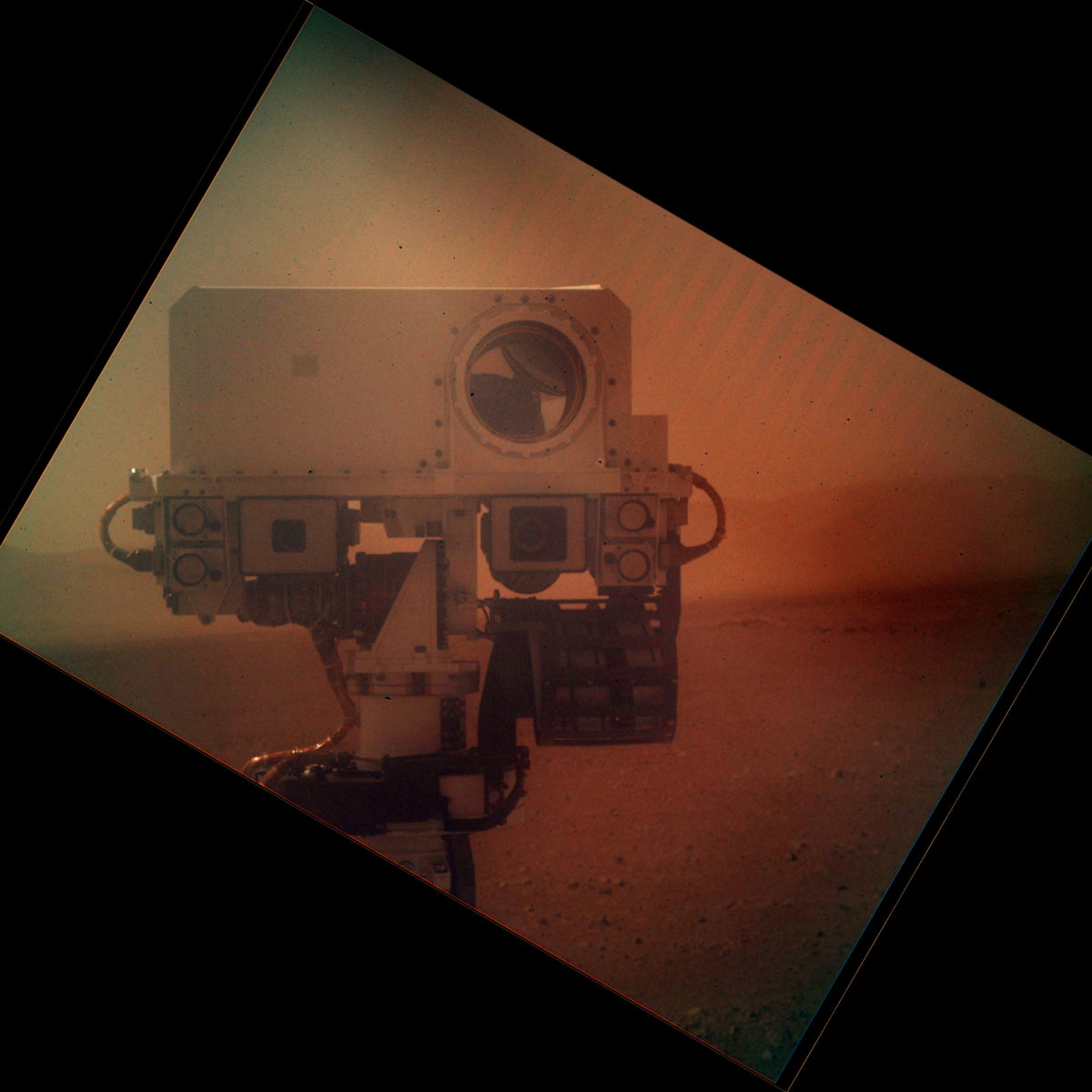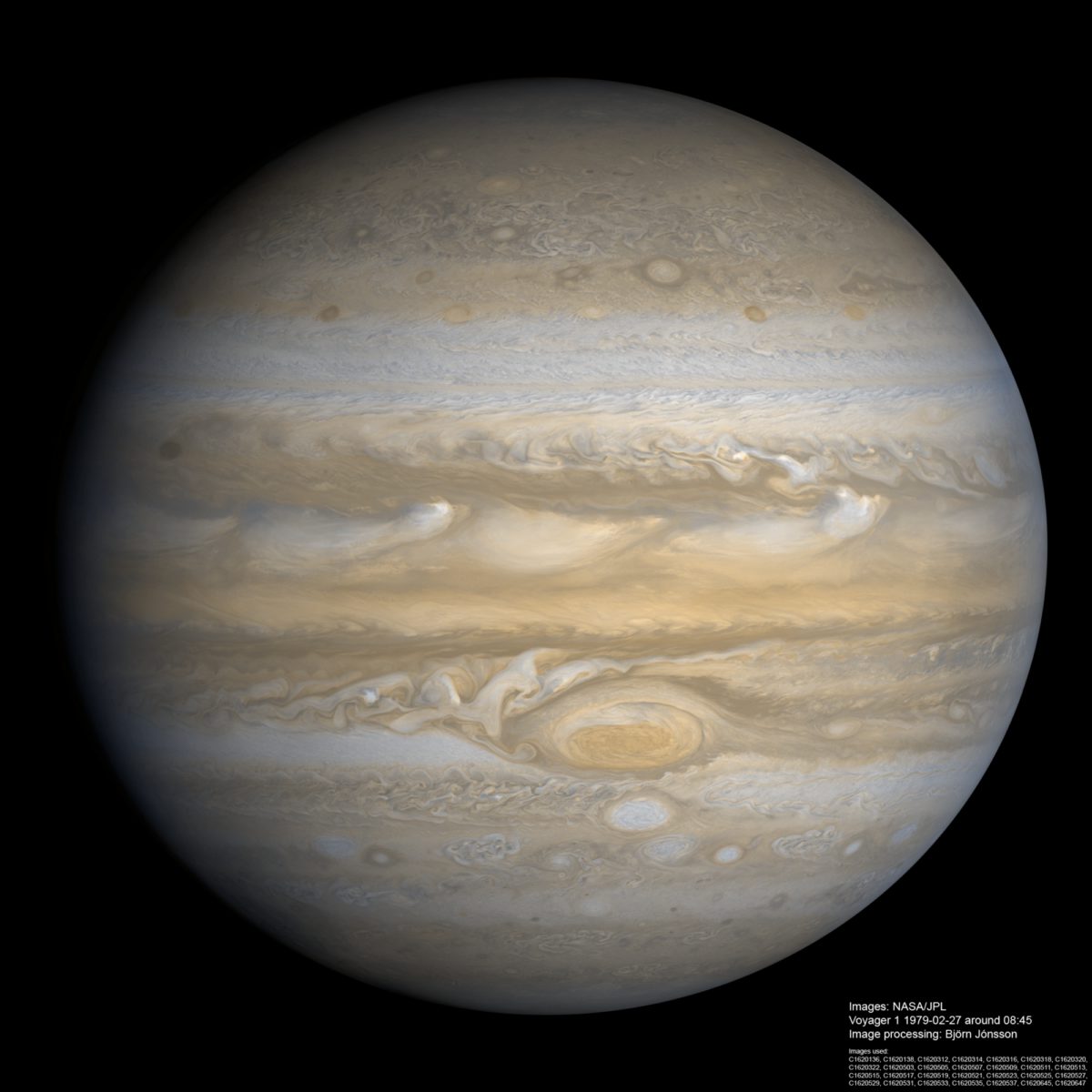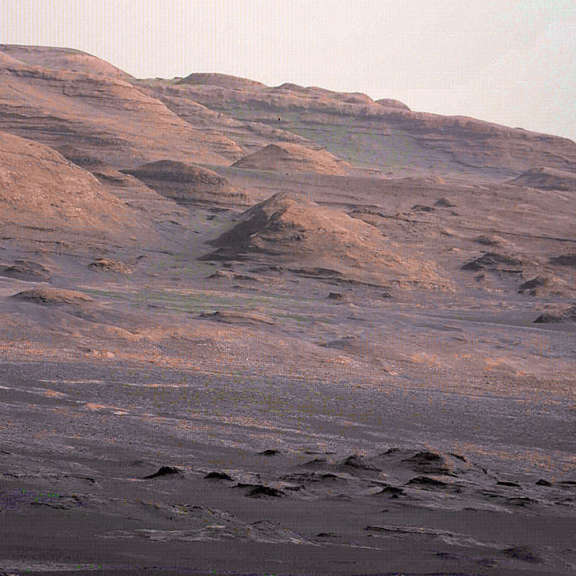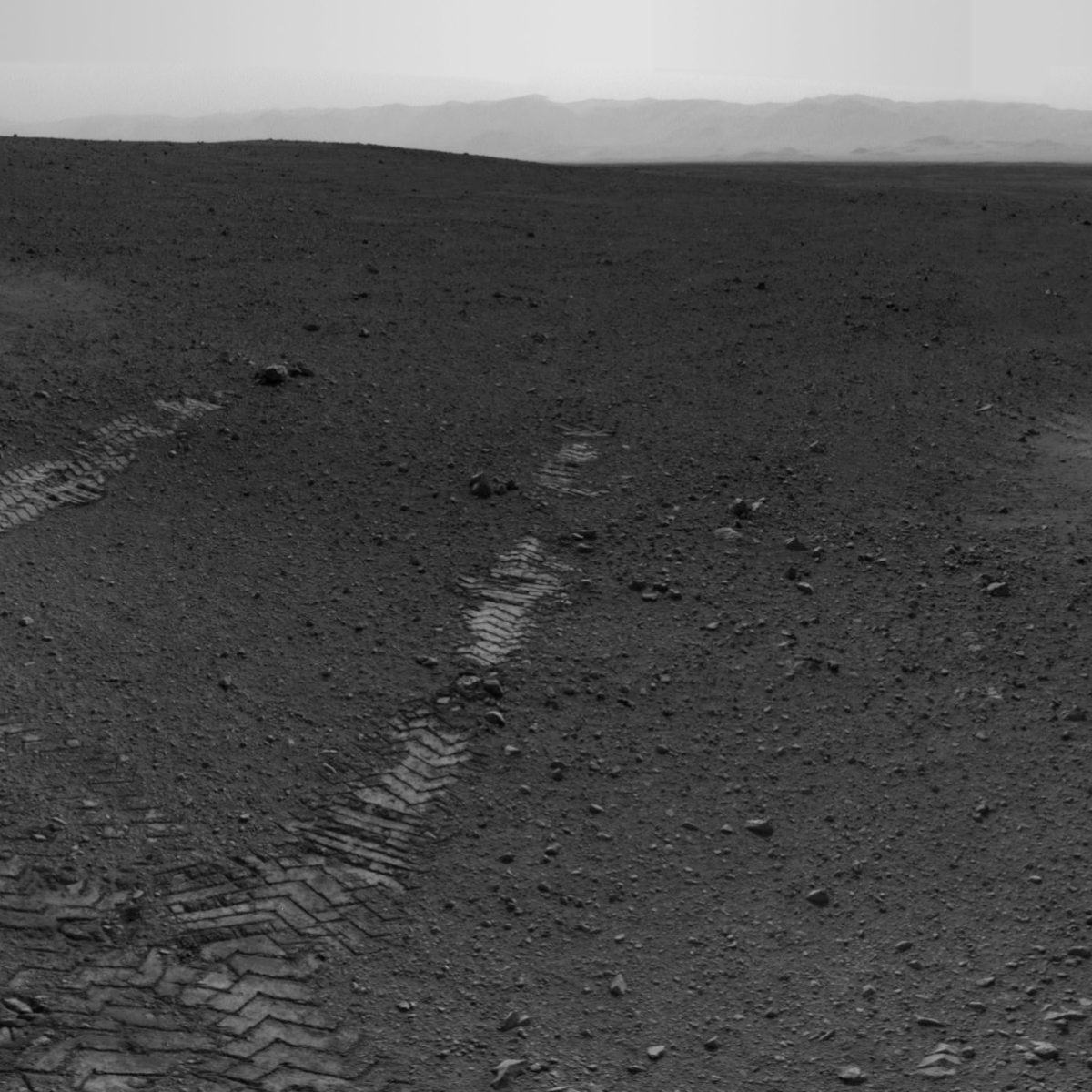All
All
Stories, updates, insights, and original analysis from The Planetary Society.
A 3D photo album of Endeavour at Edwards Air Force Base
I drove up to Edwards Air Force Base today to see the shuttle carrier aircraft NASA 905 carry in the space shuttle Endeavour, which will be delivered to Los Angeles tomorrow. I'm not a great photographer but I do have a 3D camera; here's an album.
Pretty picture: rocks underfoot at Curiosity's landing site
An amateur-processed mosaic of some intriguing-looking broken rocks along Curiosity's traverse. They were intriguing enough to photograph with the Mastcam -- but not enough to stop and check them out, as Curiosity has already rolled on.
Curiosity sol 38 update: arm tests done, on the road again, and an important question answered
Curiosity has completed Commissioning Activity Period 2 and is on the road again. I asked Daniel Limonadi to explain a couple of the photos of tests being performed on CHIMRA, and took the opportunity to ask him an amusing question that came up during a previous Google+ Hangout.
Pretty Picture: Eagle's Landing
Amateur image processor Tom Dahl's spectacularly high-resolution version of Buzz Aldrin's panoramic view of the Apollo 11 landing site.
MAHLI sees Curiosity's wheels firmly on Martian ground
MAHLI opened its
A couple of gems from the archives
We're still working on migrating content from the old to the new website. This week, that means I am looking, one by one, through some great amateur-processed space images.
Hello, beautiful!
Curiosity's much-anticipated self-portrait with the MAHLI camera just arrived on Earth, and even though it was shot through the dust cover it is AWESOME.
Outcrop Ahead for Opportunity!
Oppy is opening an exciting new chapter in her adventure at Cape York. Having driven down to, over and past Whim Creek, she has now explored halfway down Cape York, to a promising fin-like ridge of dark rock.
A Voyager 1 anniversary mosaic
Back in 1979 the twin Voyager 1 and 2 spacecraft flew by Jupiter. Some of their images were processed into color images and mosaics that have appeared countless times in books, magazines, on TV and on the Internet. Many of these images and mosaics are spectacular but they were processed more than 30 years ago using computers that are extremely primitive by today's standards. It's possible to get better results by processing the original, raw images from the Voyagers using modern computers and software.
Pretty picture: bizarre spherules
A wonderfully strange photo from Opportunity's exploration of Cape York, Endeavour Crater.
Cure for the blues: processing images of a blue planet
I noticed today that I hadn't seen any amateur-processed versions of Voyager's departing shots of Uranus, so I decided to give it a try.
Following up the dark spot on Uranus
It was a surprise and delight to have our Icarus paper highlighted in Emily Lakdawalla's blog. Thanks for highlighting Uranus, since it has gotten, ahem, a bum rap over the years. Here's more about our discovery of the dark spot on Uranus.
HiRISE's best view of Curiosity yet
HiRISE's best opportunity to view Curiosity so far came 12 days after landing, when the orbiter passed nearly directly overhead. The photo resolves amazing detail on the huge rover.
An unheralded anniversary
Yesterday, August 27th, 2012, was, in a sense, the 50th anniversary of interplanetary travel. Fifty years ago yesterday, Mariner 2 launched toward Venus, and became the first object to leave Earth and travel to another world.
Chang'e 2: The Full Story
An update on China's second lunar orbiter, Chang'e 2, which is now heading for asteroid Toutatis.
Explaining the new black-and-white Mastcam and MARDI raw images
If you've been obsessively checking the Curiosity raw images websites for new pictures from Mars, you might have noticed something weird: a bunch of Mastcam images and a few from MARDI that are black-and-white instead of color, and which have a peculiar checkerboard pattern.
The definitive version of Curiosity's first color panorama
The top of the mountain has finally been filled in, and Damien Bouic has produced what I think is the definitive version of Curiosity's first color panorama.
Saturn's still there
A pretty picture of Cassini's current view of Saturn.
New spots on Uranus
New Hubble photos show that Uranus has both dark and bright spots!
Curiosity's landing site named for Ray Bradbury
Ray Bradbury explored Mars, and the future of humanity, through words and ideas--vehicles of the imagination. He was a visionary author and, through his writings and lectures, was a direct or indirect mentor to so many of us involved with designing, building, and operating the actual space vehicles of today. I think it is so fitting, then, that the MSL team has memorialized Ray's contributions to the exploration of the planets -- and especially Mars -- by naming Curiosity's landing site in his honor.


 Explore Worlds
Explore Worlds Find Life
Find Life Defend Earth
Defend Earth


 Sun
Sun Mercury
Mercury Venus
Venus Earth
Earth Mars
Mars Jupiter
Jupiter Saturn
Saturn Uranus
Uranus Neptune
Neptune Small Bodies
Small Bodies
















